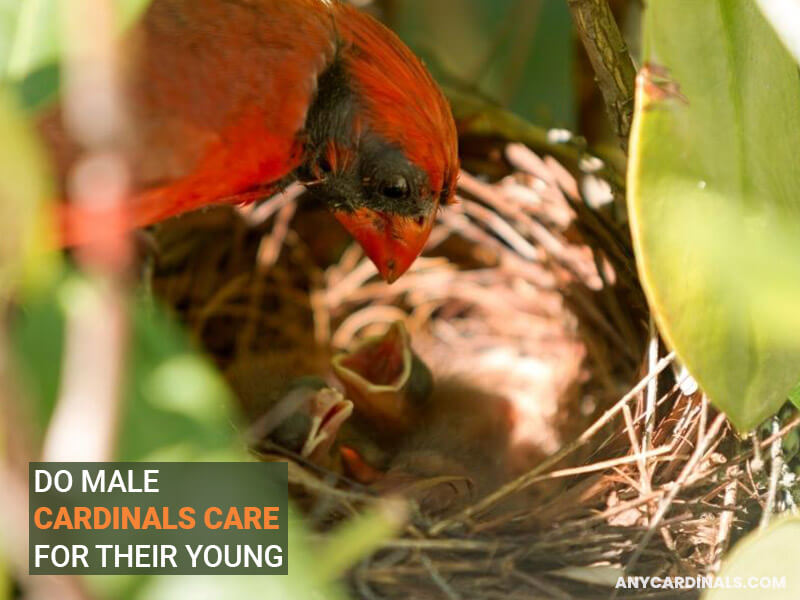Do Male Cardinals Protect The Nest?
Being a bird watcher, you might know that cardinals become aggressive and display protective behaviors during the mating session, especially the male ones. But do you know how protective they are? For instance, do male cardinals protect the nest?
Yes, male cardinals play a significant role in protecting their families. They monitor their nests from the ground or tree branches while females sit inside nests and actively defend their homes. Again, male cardinals shield the territories alongside protecting nests.
That said, this article will describe everything about male cardinals’ protective traits. So, let’s read on.
Related Blog:
Do Male Cardinals Protect Their Territories?
Cardinals go hostile during the breeding season and can show aggression toward other birds invading their territories. That means male cardinals protect their habitats alongside their nests.

They will patrol their territories and keep a close eye on intruders. Whenever male cardinals notice any enemies around their areas, they will chase them off or indulge in a fight with those invaders.
Besides, male cardinals are known for creating alarm calls after sensing any danger. So, these traits indicate that male cardinals are very protective of their territories.
Do Male Cardinals Build The Nest?
Although male cardinals don’t construct their nests independently, they play a prominent role in building them. FYI, male and female cardinals work together to make the nests.

While female birds perform the duty of placing nesting materials in place and designing their nests, male birds arrange the construction equipment, including twigs, grass, and more.
Do Male Cardinals Stay In The Nest?
Male cardinals’ life is akin to adult men who spend most hours of the day outside the home earning their livelihood.

Despite helping female cardinals construct nests, male cardinals don’t stay in the nests for hours as females and offspring do.
They have to collect food for their families; hence, they prefer spending time in the wild searching for food.
Do Male Cardinals Sit On The Eggs?
No, they don’t sit on the eggs. So, does that mean male cardinals don’t care for their young? We will talk about this fact in the following section but for now, let’s tell you that male cardinals remain busy protecting their families and foraging for food.
These activities are a sign of affection male cardinals possess towards their families.
Do Male Cardinals Care For Their Young?
Indeed, Male cardinals care for their young; they protect their offspring from danger and collect food to help those baby birds thrive. Not only that, but male cardinals also feed their young using their beaks.
When the young hatch, male cardinals feed them up to eight times a day. Here’s a fun fact: male cardinals remain so busy arranging food and feeding their babies that sometimes they mistakenly feed other birds’ offspring, thinking those baby birds belong to the male cardinals’ family.

Anyway, when baby cardinals become juveniles, male cardinals teach them how to fend off intruders, forage for food, and flight techniques. Basically, both parent cardinals teach their young life skills.
But male cardinals teach them where to find food, and they even take their young with them while flying towards food sources like bird feeders. So, considering all these behavioral traits of male cardinals, we can conclude they are sincere and they care for their offspring.
Final Words:
Whether it’s a male or female cardinal, it’s famous for its monogamous nature, delicate appearance, and shy behavior. But things can turn 180 degrees when mating season begins. At this time, both male and female cardinals become aggressive and protective. Especially, male ones exhibit more defensive and aggressive traits than females.
However, we hope you got the answer you were searching for. If you want to learn more about cardinals, you may read other blog posts on our website and stay connected with us on Facebook, Twitter & Pinterest. Thanks for reading.

